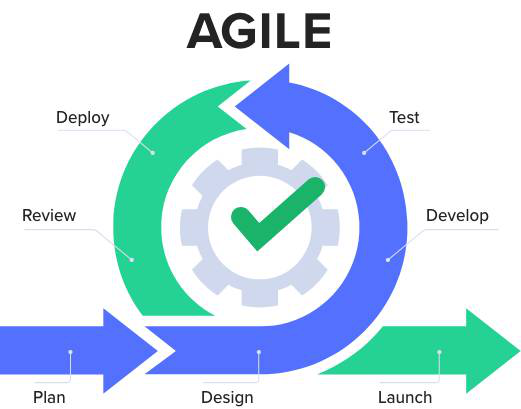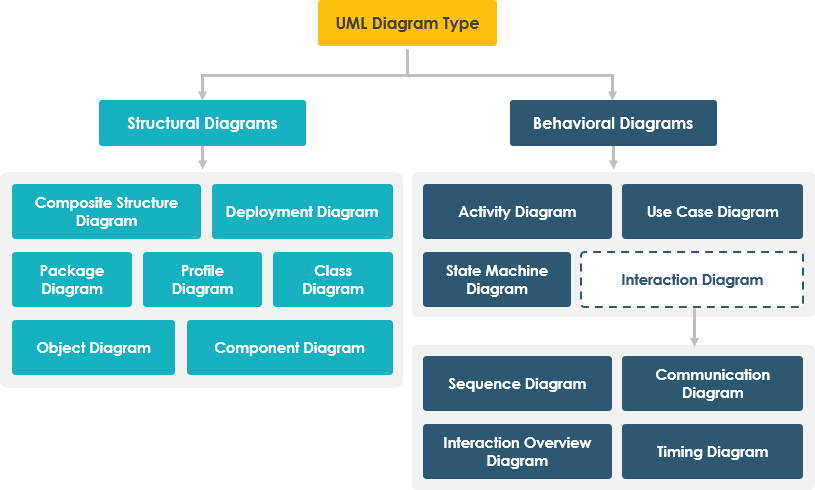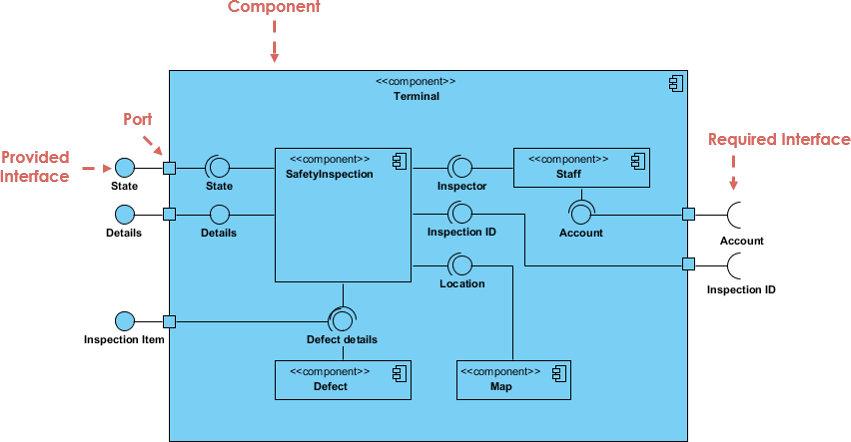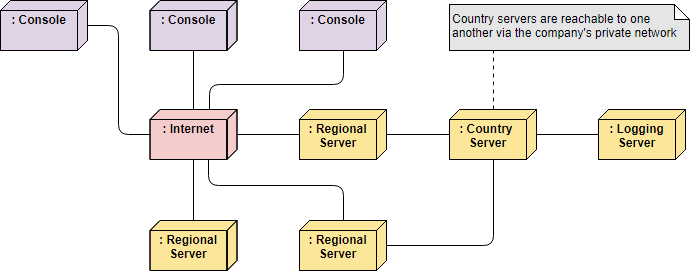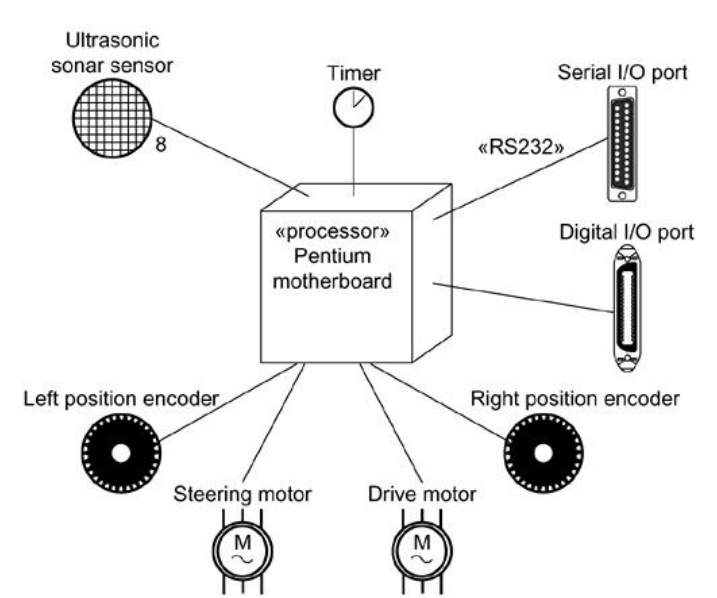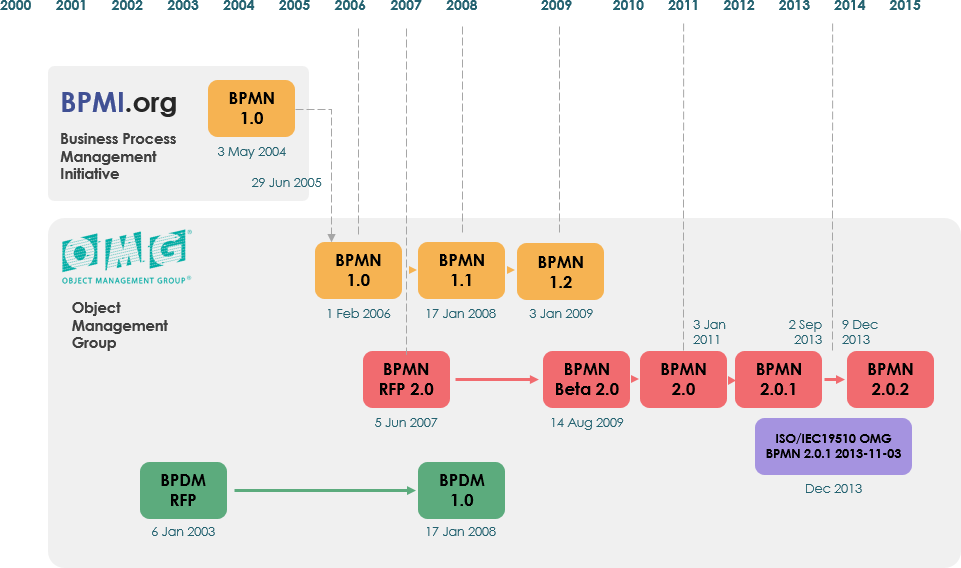Effective Use Case Modeling in Agile Development: Bridging the Gap Between Requirements and Implementation
Introduction Agile development methodologies have revolutionized the software development landscape by emphasizing collaboration, adaptability, and iterative development. While Agile practices like Scrum and Kanban have gained widespread adoption, it's crucial not to overlook the importance of effective requirements management in Agile projects. Use case modeling serves as a valuable bridge between customer needs and software implementation in Agile development. In this article, we will explore how to effectively apply use case modeling in Agile projects to enhance communication, streamline development, and deliver high-quality software. The Role of Use Case Modeling in Agile Use…continue reading →


